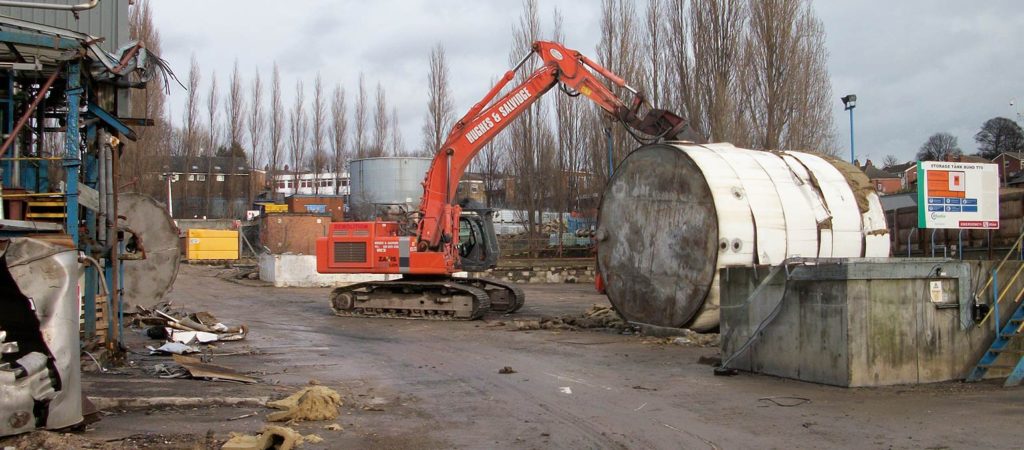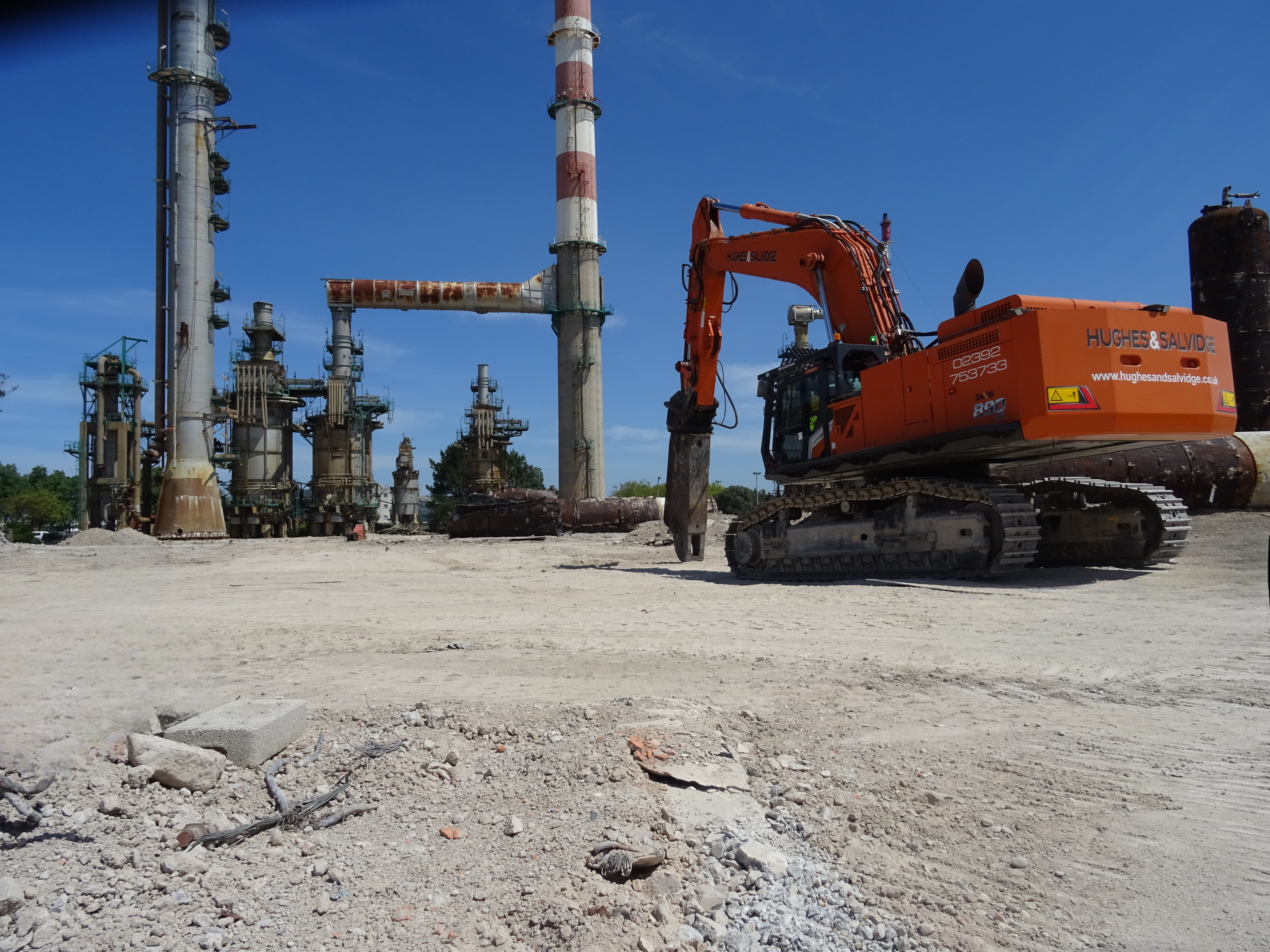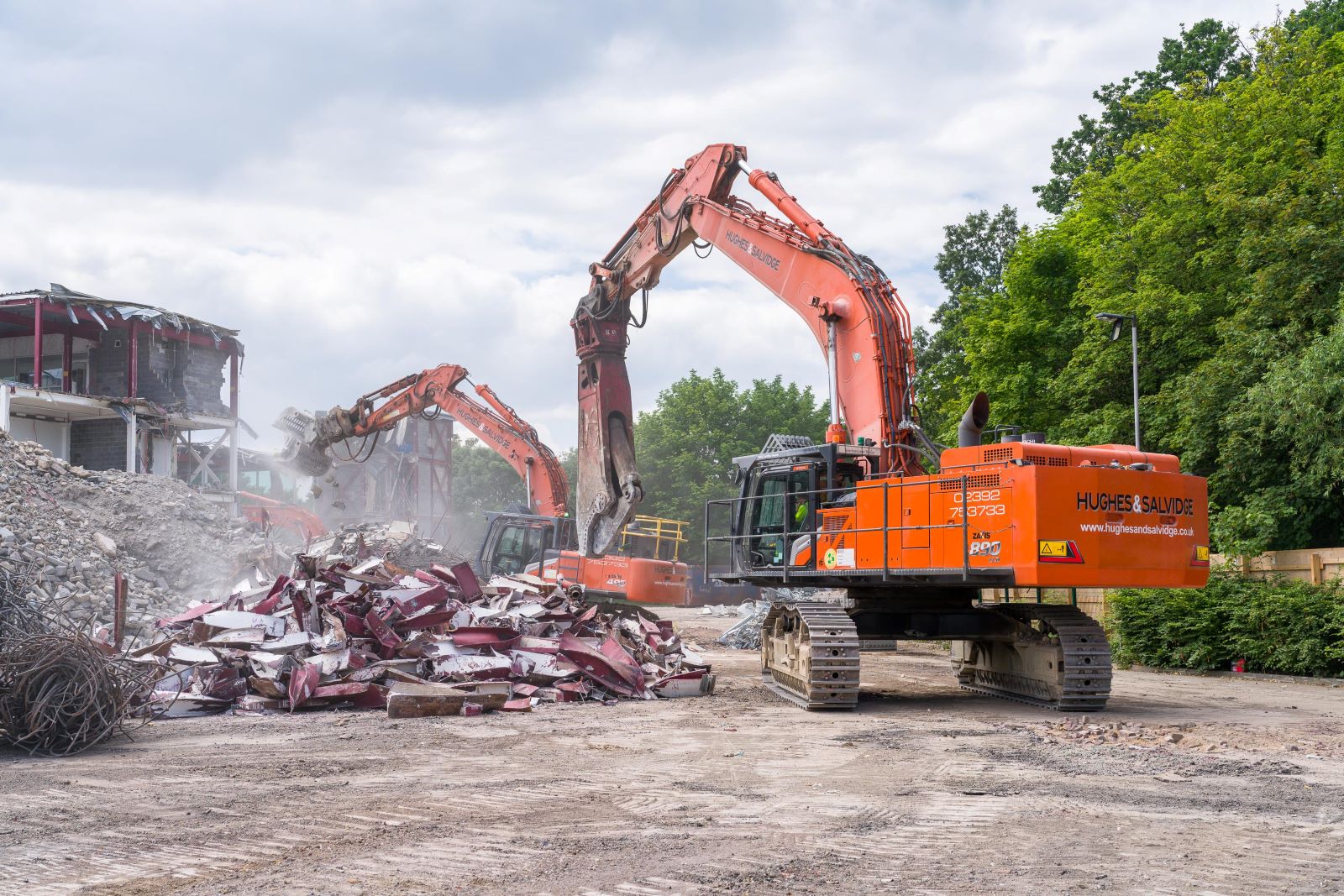What does it mean to decommission a nuclear power station?
Luke Gould 23rd November 2021
Decommissioning a nuclear power station occurs when a nuclear power station is retired from service and the site is restored so it can be re-used in the future.
Due to the hazardous nature of nuclear power, to ensure that this is carried out in the correct way so that the decommissioning is safe and environmentally sound, a specific process must be followed.
Why are nuclear power stations decommissioned?
Once a nuclear power station reaches the end of its operational life, it must be decommissioned. This is a legal requirement to ensure the site is made safe and is not hazardous.
What does the process involve?
All decommission processes involve decontaminating the facility to reduce residual radioactivity. All contaminated materials must be removed to the appropriate disposal facilities, structures are dismantled safely. Also, any nuclear fuel has to be removed safely and securely from the site.
During the decommissioning process, the used nuclear fuel is removed from channels within a reactor and moved into cooling fuel pools. From here, after a prolonged stay within the pool, it will eventually be extracted and placed in dry storage containers. It will then be transported to a storage facility when the fuel is dismantled, cooled and stored for up to 70 years.
Once the fuel is removed, the site is then prepped for demolition, including the removal of waste, and the demolition of redundant outer buildings and facilities. Some sites will be left to provide storage for any remaining radioactive materials, before being demolished in the future.
All owners of nuclear power stations are responsible for overseeing this process and it is important that stringent guidelines are followed until the licence has been terminated.

Methods of decommissioning a nuclear power station
According to the International Atomic Energy Agency, there are three ways to decommission a nuclear power station:
1. Immediate dismantling
All remaining fuel is removed, all of the buildings are dismantled, and the entire site is decontaminated as quickly as possible so that the area can be reused relatively quickly.
2. Entombment
All of the radioactive material is gathered in one part of the site. It is then encased in a large amount of concrete so that any radioactivity is contained until it has decayed to a secure level.
3. Safe enclosure
This is where high-level waste is removed and stored at a safe site. The site of the power station is then carefully monitored over decades as any remaining radioactivity decays. This allows the buildings to be dismantled and the area decontaminated over time.
What does a decommissioning company do?
When a building or structure reaches the end of its lifespan, a specialist decommissioning company, such as Hughes and Salvidge, follow will manage the process, including:
- Decommissioning plan
- Decontamination and industrial cleaning
- Strip-out and removal
- Monitoring and progress evaluation
- Structural demolition works
- Survey and site handover
How to prepare for decommissioning
When preparing for decommissioning, it’s important that you familiarise yourself with the processes involved and provide assurance that funds will be available to decommission the facility.
Making the transition from operations to decommissioning – what do you need to know
Once a nuclear power station is closed, the main focus is on ensuring that residual radioactivity is reduced to safe levels, so that the facility’s license can be officially terminated.
Sites must usually be decommissioned within 60 years of the station ceasing operations. 5 years before a reactor reaches the scheduled expiration of its operating license, the company must provide the NRC with a decommissioning cost estimate.
The companies that operate nuclear power stations can choose from two options to complete the decommissioning process: SAFSTOR (Safe Storage) or DECON (Decontamination).
If you opt for SAFSTOR, the nuclear station remains intact and is placed in protective storage for a set amount of time. On the other hand, if you opt for DECON, the stations are dismantled but only once radioactivity has reduced to levels. At no point should your workers' lives be put at risk.
During the DECON phase, decontaminates are removed using specialist equipment in order to reduce the station’s radioactivity and significantly reduce the potential exposure to workers during decommissioning operations.
Decommissioning health and safety at Hughes and Salvidge
Here at Hughes and Salvidge, we have a wealth of decommissioning and demolition experience working across a broad range of sectors.
We operate under an integrated management system that addresses all elements of health, safety, quality, and environmental management. This system is audited by a UKAS approved audit organisation and is to BS EN ISO 9001, 14001 and 45001 standards.
All activities undertaken by Hughes and Salvidge will be in accordance with the approved programme of work, phased operations and safe demolition techniques and the activities will be planned and undertaken in line with the Risk Assessments, Method Statements, Project Health and Safety Plan and Environmental Plan.
If you have any questions about our decommissioning services, please do not hesitate to get in touch with a member of our team.



